Options
It is time to revise our assumption that all Chinese counterfeits are magnetic?
Recently a member of my local club gave me a group of counterfeit coins to photograph, examine and analyze. All of these pieces have the look of the toned "silver" counterfeit coins that have been popping up all over the Internet and at places like flea markets. We have been told that these coins are made of steel and therefore magnetic. Yet, none of these are attracted to a magnet.
Have any of you done the magnet test on the counterfeits that you have? What have been your results? Here are photos of the counterfeits.
"1846 Dollar"
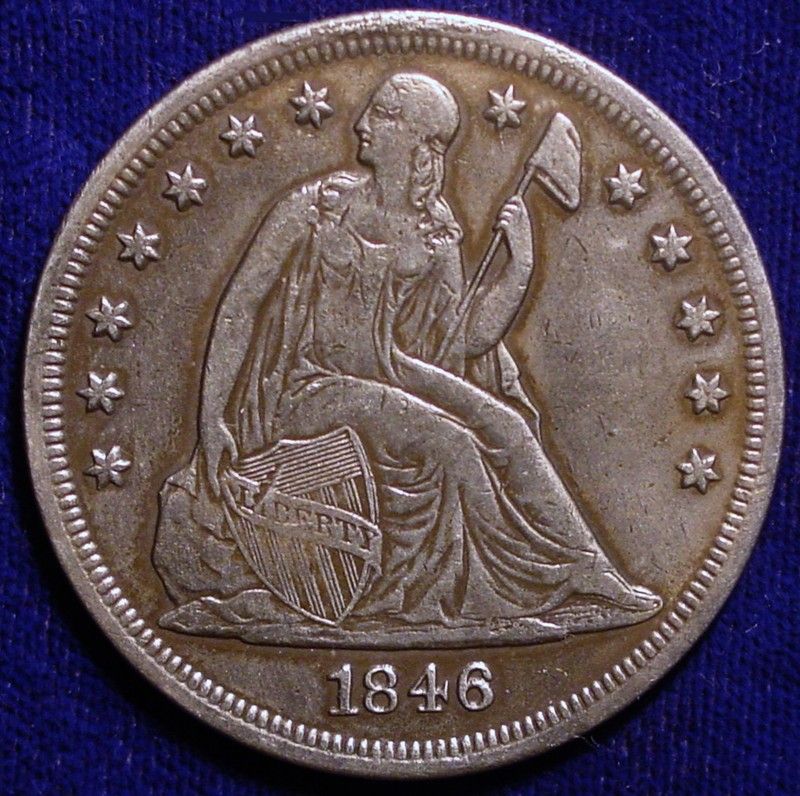
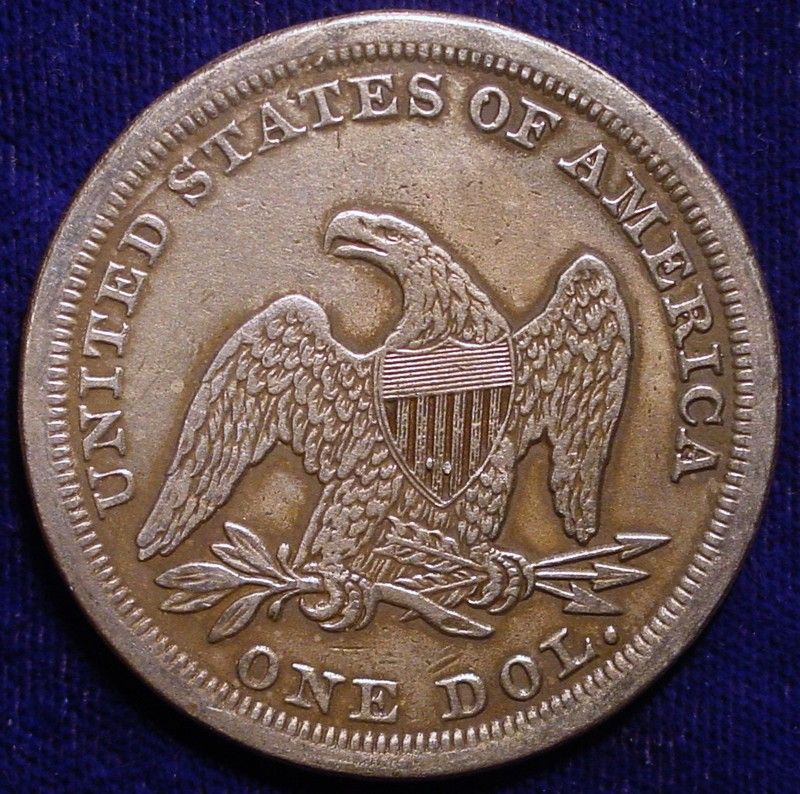
"1874-CC Trade Dollar"
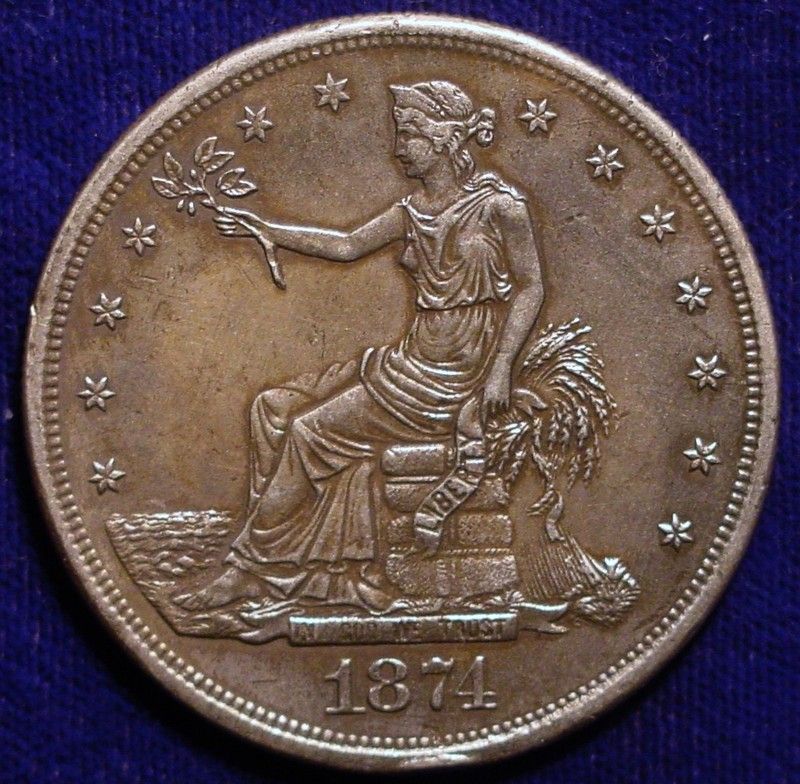
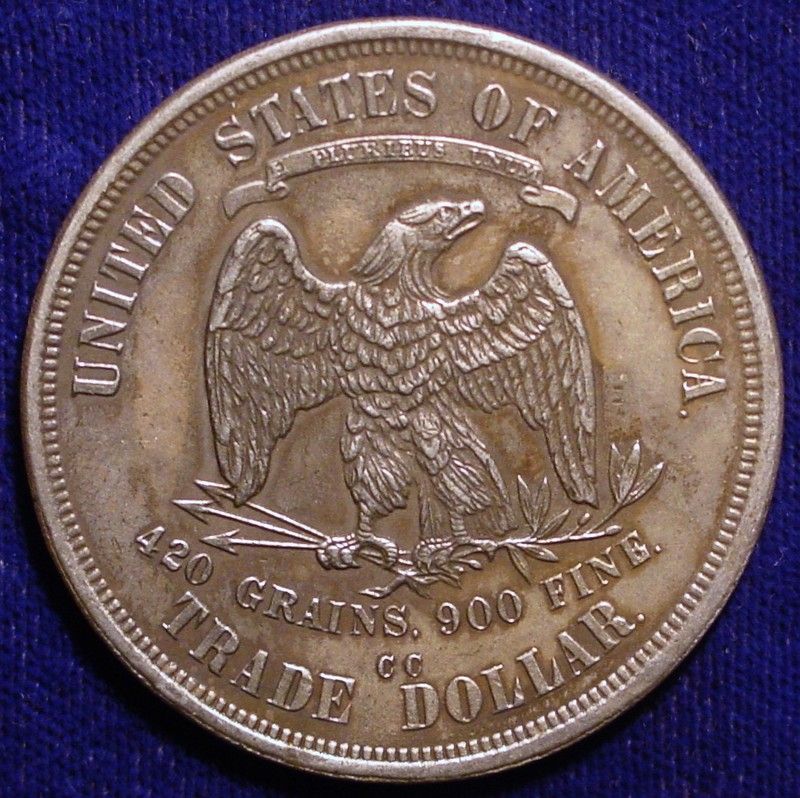
"1879-S Dollar"
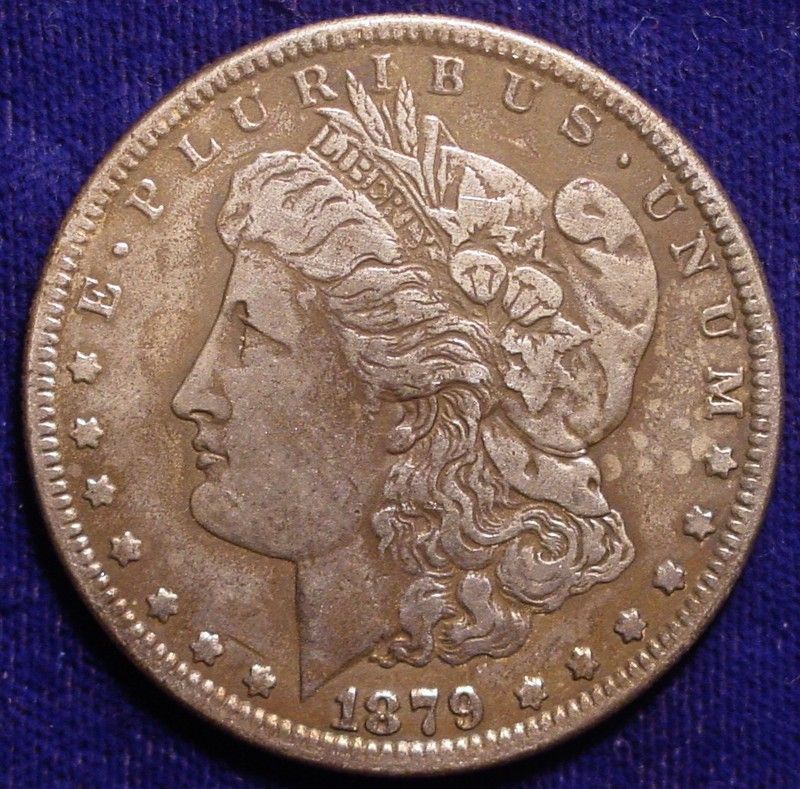
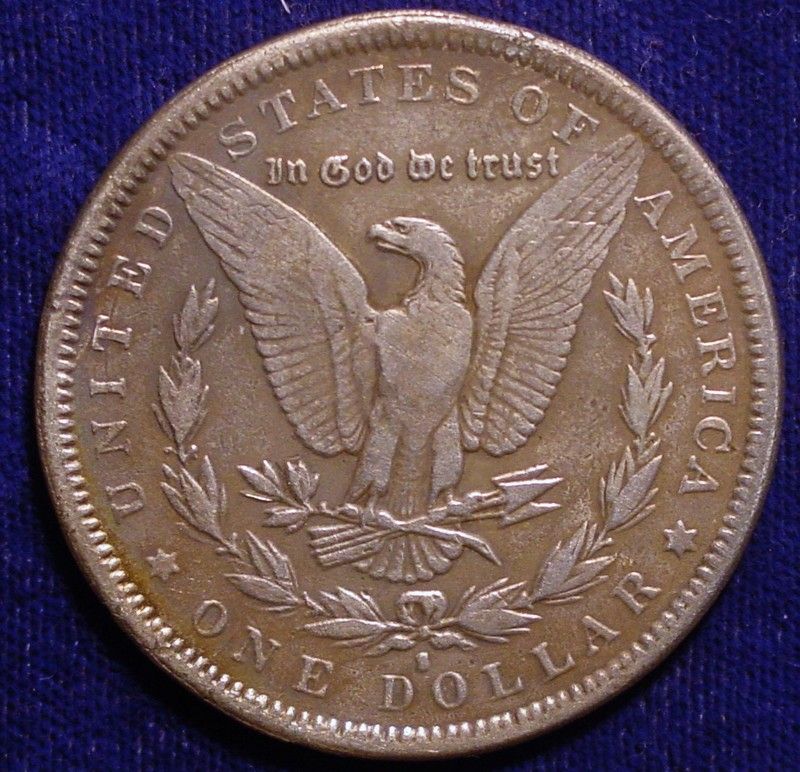
"1908 Silver Eagle"
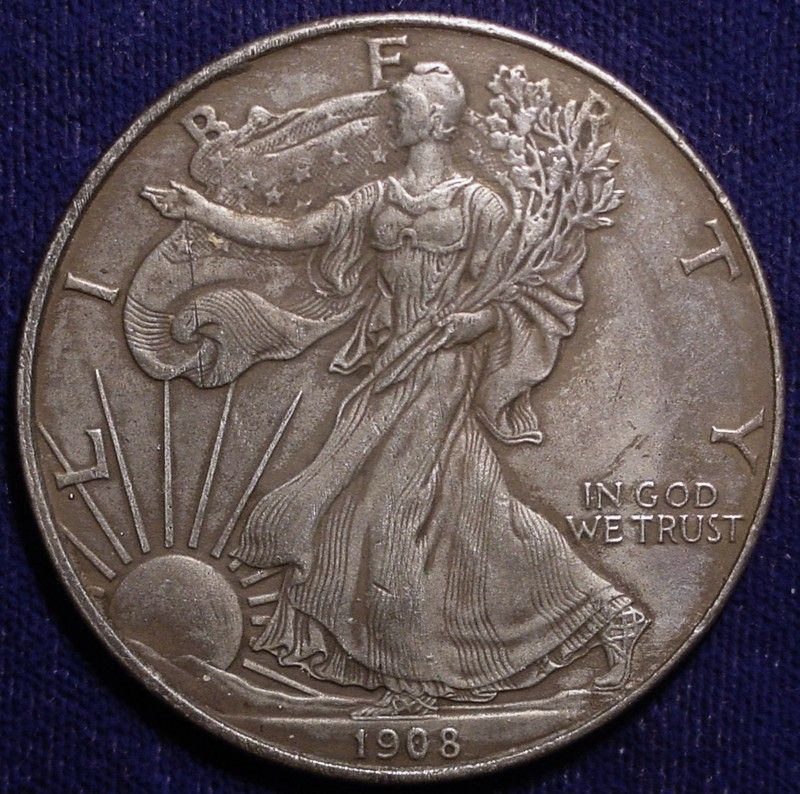
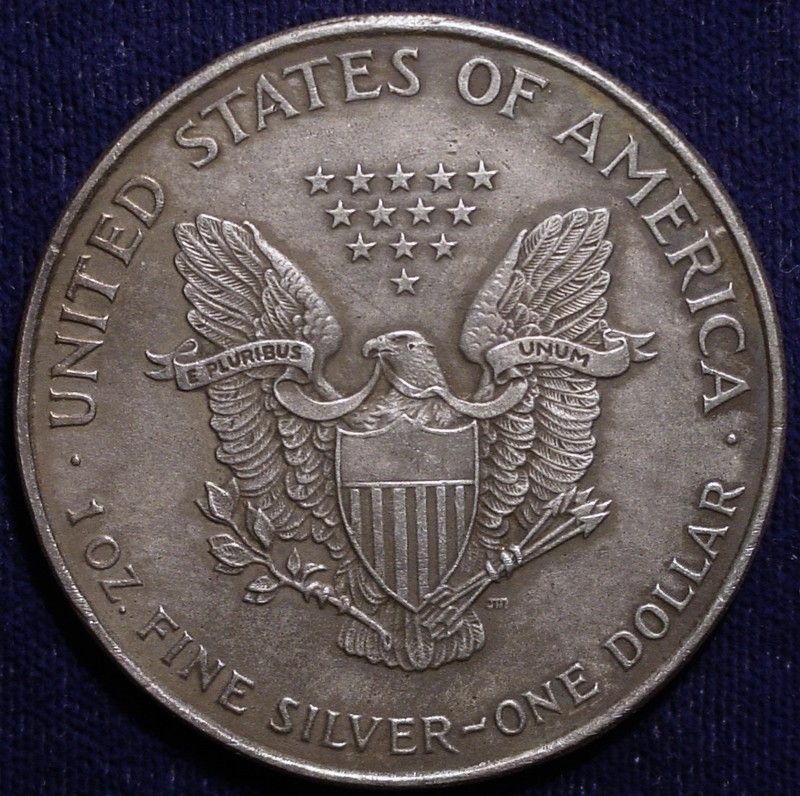
Have any of you done the magnet test on the counterfeits that you have? What have been your results? Here are photos of the counterfeits.
"1846 Dollar"


"1874-CC Trade Dollar"


"1879-S Dollar"


"1908 Silver Eagle"


Retired dealer and avid collector of U.S. type coins, 19th century presidential campaign medalets and selected medals. In recent years I have been working on a set of British coins - at least one coin from each king or queen who issued pieces that are collectible. I am also collecting at least one coin for each Roman emperor from Julius Caesar to ... ?
0
Comments
And if they're not magnetic, chances are they don't weigh anywhere near where they're supposed to. Or if they do, they don't have the correct diameter and thickness.
It's not the bad, incorrect weight, incorrect size, non-magnetic fakes that scare me.
It's the fear that really good, correct weight, correct size, non-magnetic fakes are already in collections of knowledgeable numismatists or in the inventory of respected dealers.
DCARR has already shown that well made overstrikes can use legit host coins to produce high quality fantasy issues. Pieces that aren't just proper weight and diameter. They're metallurgically- and even age-correct. Metal mined from the same location, alloyed and annealed at the same US facilities as actual legit US rarities.
--Severian the Lame
bob
Silver over copper is non magnetic and I see that all the time from China.
bob
+1
Assuming all Chinese counterfeits are magnetic is a dangerous assumption.
Most I have seen are not.
TD
Silver over copper is non magnetic and I see that all the time from China.
bob
^This.
While these two fatman dollars are different years, they are definitely getting better with the details. The weights are only off slightly and the diamater/thickness are close too and non magnetic to boot.
The NGC isa real FatMan Dollar and the CBCA coin is a fake from China.
Most I have seen are not."
I agree. In fact, I do not recall ever seeing a 'magnetic' Chinese counterfeit, although there may well be some. And I would not consider a 'magnetic' test to be a reliable or definitive test. The most reliable test, beyond visual inspection and comparison with die markers of known, genuine coins is to conduct a specific gravity test. It is relatively simple to perform, and when added to the visual, diameter, and mass data, it provides nearly indisputable proof of authenticity.
Then there are the better fakes, which are the ones the counterfeiters charge the most for. These have tested out at 90% silver, with correct weights, diameters, etc. The better Trade $ fakes fall into this category. I have not heard of anyone performing metallurgical testing on any of these to determine the source of the silver, but I assume that they will NOT be from a U.S. mine. I do not think that the Chinese counterfeiters have the level of sophistication to use genuine coins from the correct time period to make their blanks. If source testing becomes readily available, this might be the next step for them.
While these two fatman dollars are different years, they are definitely getting better with the details. The weights are only off slightly and the diamater/thickness are close too and non magnetic to boot.[IMG]http://i1361.
Are you saying that the coins in these slabs are counterfeits?
the majority of the ones ive held were of non-ferrous pot metal.
makes sense as it is the cheapest. may even be scraps from all the junk metal sent overseas.
ironic?
.
I do not think that the Chinese counterfeiters have the level of sophistication to use genuine coins from the correct time period to make their blanks. If source testing becomes readily available, this might be the next step for them.
You will be surprised how they (the experts) made million US dollars fake coins. They created new dies and only made one to two pieces and then destroyed the dies. When these became 3rd known and 4th known specimen, how do you know these are fake or new discovery.
If we are talking about less than $100 fake, it is a complete story.
It is too easy to lump all bad counterfeits into Chinese counterfeit. Don't forget there are unbelieve ones and possibly you did not see one yet.
this should be the only red flag one needs to immediately recognize this fake, its been around for over 10 years
True in a sense, but I've found markers like this of limited value. You can't memorize every mark that was on the coin that was used to make the copy dies for a counterfeit. Most people don't have perfect photographic memories, and the crooks keep making more and more counterfeits all the time. You can't keep up with them all. Pointing out that counterfeit X has this mark that is repeated on subsequent copies is okay, but who can remember all of that?
The better defense is to know what the real thing looks like and to spot the pieces that look odd. That includes knowing the design and knowing what the surface of real coins look like.
One of the huge dangers we face now is the slabbing of "details" grade coins. When the TPGs certify that pieces which have been whizzed, polished or otherwise cleaned, the give the crooks the opportunity to remove the telltale marks that give a counterfeit away. That helped get an 1803 counterfeit half cent into a holder. Some of stuff that gave it away were obscured, while some other things that were unique to the die variety got through because the graders were not familial with half cent die varieties.
This situation is getting series. It threatens our entire hobby, especially when the crooks can get counterfeit coins into genuine slabs. People here mention weighing pieces and specific gravity tests. How the heck do you weigh something within the tolerances necessary when it is in a slab? I don't know. Maybe someone here knows how to do that.
"Everything is on its way to somewhere. Everything." - George Malley, Phenomenon
http://www.american-legacy-coins.com
My fears have always been overconfidence and confirmation bias: Anyone (or at least most of us here) can tell that those are fakes. Bad, bad fakes.
And if they're not magnetic, chances are they don't weigh anywhere near where they're supposed to. Or if they do, they don't have the correct diameter and thickness.
It's not the bad, incorrect weight, incorrect size, non-magnetic fakes that scare me.
It's the fear that really good, correct weight, correct size, non-magnetic fakes are already in collections of knowledgeable numismatists or in the inventory of respected dealers.
DCARR has already shown that well made overstrikes can use legit host coins to produce high quality fantasy issues. Pieces that aren't just proper weight and diameter. They're metallurgically- and even age-correct. Metal mined from the same location, alloyed and annealed at the same US facilities as actual legit US rarities.
+1
HAPPY COLLECTING
~rant over~
``https://ebay.us/m/KxolR5
While these two fatman dollars are different years, they are definitely getting better with the details. The weights are only off slightly and the diamater/thickness are close too and non magnetic to boot.[IMG]
Please help. Are you saying these "fatman" Dollars in TPGS slabs are counterfeit?
While these two fatman dollars are different years, they are definitely getting better with the details. The weights are only off slightly and the diamater/thickness are close too and non magnetic to boot.[IMG]http://i1361.
Are you saying that the coins in these slabs are counterfeits?
Sorry for not clarifying, the NGC coin is legit. All CBCA slabs and coins are fake.